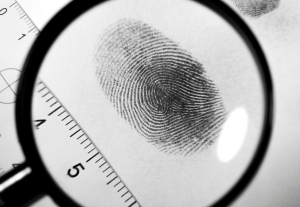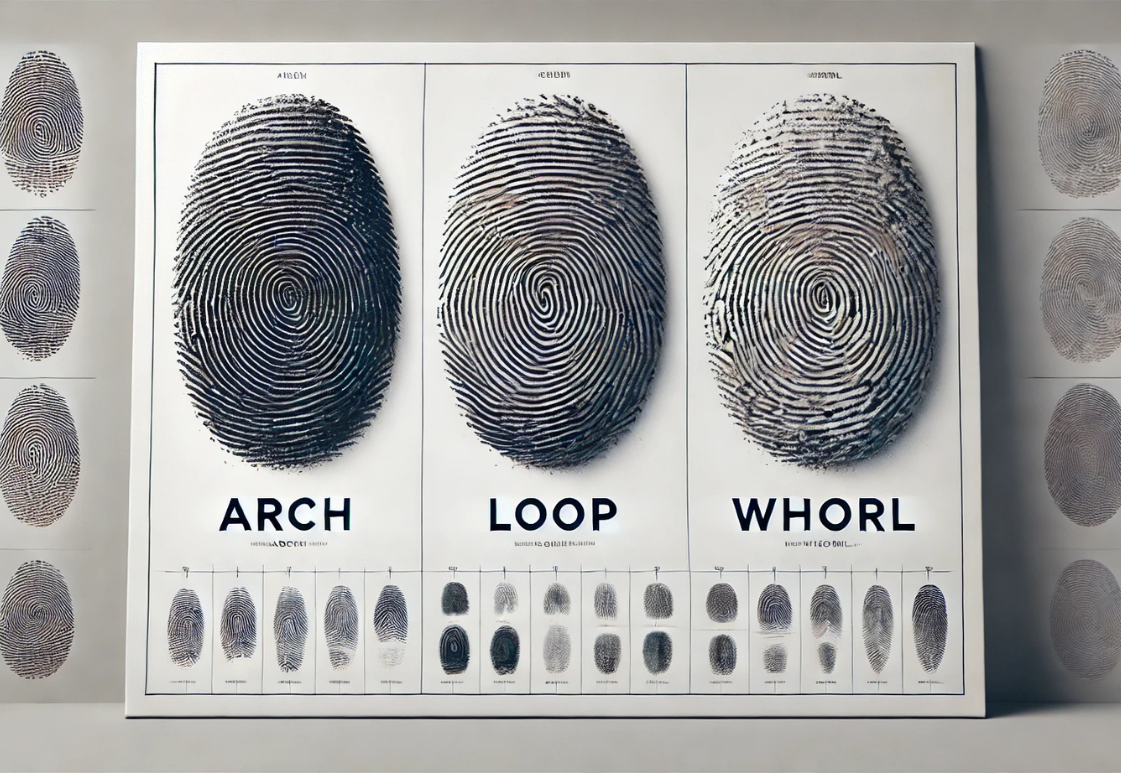
Team Profiling Using Neuromapping: Building Stronger, Smarter Teams
Learn how Neuromapping profiling helps HR teams in Singapore uncover employee strengths, improve collaboration, and enhance team performance scientifically.

NeuroMapping, often referred to in scientific literature as Dermatoglyphics, is a fascinating field that connects the patterns on our fingertips to our innate abilities, behavioral tendencies, and brain development. While its modern applications in education and psychology are gaining attention, the roots of NeuroMapping trace back over two centuries.
Derived from the Greek words “Derma” (skin) and “Glyph” (carving), NeuroMapping is the scientific study of the ridge patterns on our fingers, palms, and soles. These patterns are more than just skin deep — they are genetically determined and form in parallel with the development of the brain during early fetal growth. Many scientists refer to fingerprints as our biological “blueprint.”
Dr. J.C. Mayer was one of the earliest researchers to propose that fingerprints are unique to every individual, laying the groundwork for future studies.
Dr. Jan Purkinje, a professor of anatomy, was the first to classify papillary lines on the fingertips into nine categories — including arches, loops, and whorls — a classification still used today.
Dr. Charles Bell published The Hand: Its Mechanism and Vital Endowments, highlighting the vital relationship between the brain and the hand’s structure and sensory capabilities.
Dr. Francis Galton introduced the concept of the individuality and permanence of fingerprints. His book, Fingerprints, became a foundational text for modern forensic science.

In 1926, American biologist and anthropologist Dr. Harold Cummins introduced Dermatoglyphics, now commonly known as NeuroMapping. He, alongside Dr. Charles Midlo, published NeuroMapping: The Study of Skin Ridges in 1943, a landmark work that detailed the genetic and developmental origins of fingerprint patterns.
Their research focused on the link between skin ridge formation and congenital conditions. For example, Dr. Cummins’ famous studies on Down Syndrome revealed consistent fingerprint characteristics that helped identify genetic anomalies, including the Simian crease.
Sarah Holt further advanced the field by publishing The Genetics of Dermal Ridges, summarizing decades of fingerprint research in both normal and congenitally afflicted individuals. Her work provided additional evidence of the hereditary nature of fingerprint patterns.
Scientific studies have shown that fingerprint ridges begin forming around the 13th week of fetal development and are completed by the 24th week, the same period during which the brain forms.
This close relationship has led researchers to conclude that fingerprint patterns are a mirror of the brain’s early development. Even identical twins, who share the same DNA, have unique fingerprints — confirming that these patterns are shaped not just by genetics but also by in-utero environmental factors and neural development.
In modern times, NeuroMapping has evolved into what is popularly known as the Dermatoglyphic Multiple Intelligence Test (DMIT). Inspired by Dr. Howard Gardner’s Theory of Multiple Intelligences (1983), DMIT leverages fingerprint analysis to explore an individual’s potential in areas like logic, music, language, kinesthetic ability, and interpersonal skills.
Dr. Chen Yi Mou, a Harvard Ph.D. researcher, played a pivotal role in connecting NeuroMapping with the field of education. His research confirmed that fingerprints do not develop in babies without a brain — providing powerful evidence of the link between brain formation and fingerprint ridges.
By integrating neuroscience, genetics, psychology, and behavioral science, Dr. Chen’s work positioned NeuroMapping as a valuable tool for understanding cognitive abilities, learning styles, and personality traits.
Modern NeuroMapping uses fingerprint analysis to:
Though its use in areas like psychological profiling remains debated in the scientific community, the growing interest in NeuroMapping highlights the public’s desire to understand the self through biology and brain science.
From its humble beginnings as a forensic curiosity to its modern-day applications in education and personal development, NeuroMapping represents a unique convergence of science and self-discovery. With over 350 years of documented fingerprint study and 200 years of scientific research to support it, NeuroMapping stands as a testament to how our biology can shape — and reveal — our potential.
🔓 Ready to unlock your brain’s hidden blueprint? Take your first step with our NeuroMapping profiling system.

Learn how Neuromapping profiling helps HR teams in Singapore uncover employee strengths, improve collaboration, and enhance team performance scientifically.

Discover how fingerprint-based neuromapping gives HR leaders in Singapore data-driven insights into employee strengths, learning styles, and leadership potential.

Founded in Singapore in 2005, The Golden Space® has become a global movement for heart-based, non-religious meditation and conscious living. This October, join Master Umesh at Unlock Transformational Wisdom for

In a world filled with stress and constant demands, meditation offers more than calm—it’s a pathway to clarity and growth. Join Master Umesh at Unlock Transformational Wisdom in Singapore and